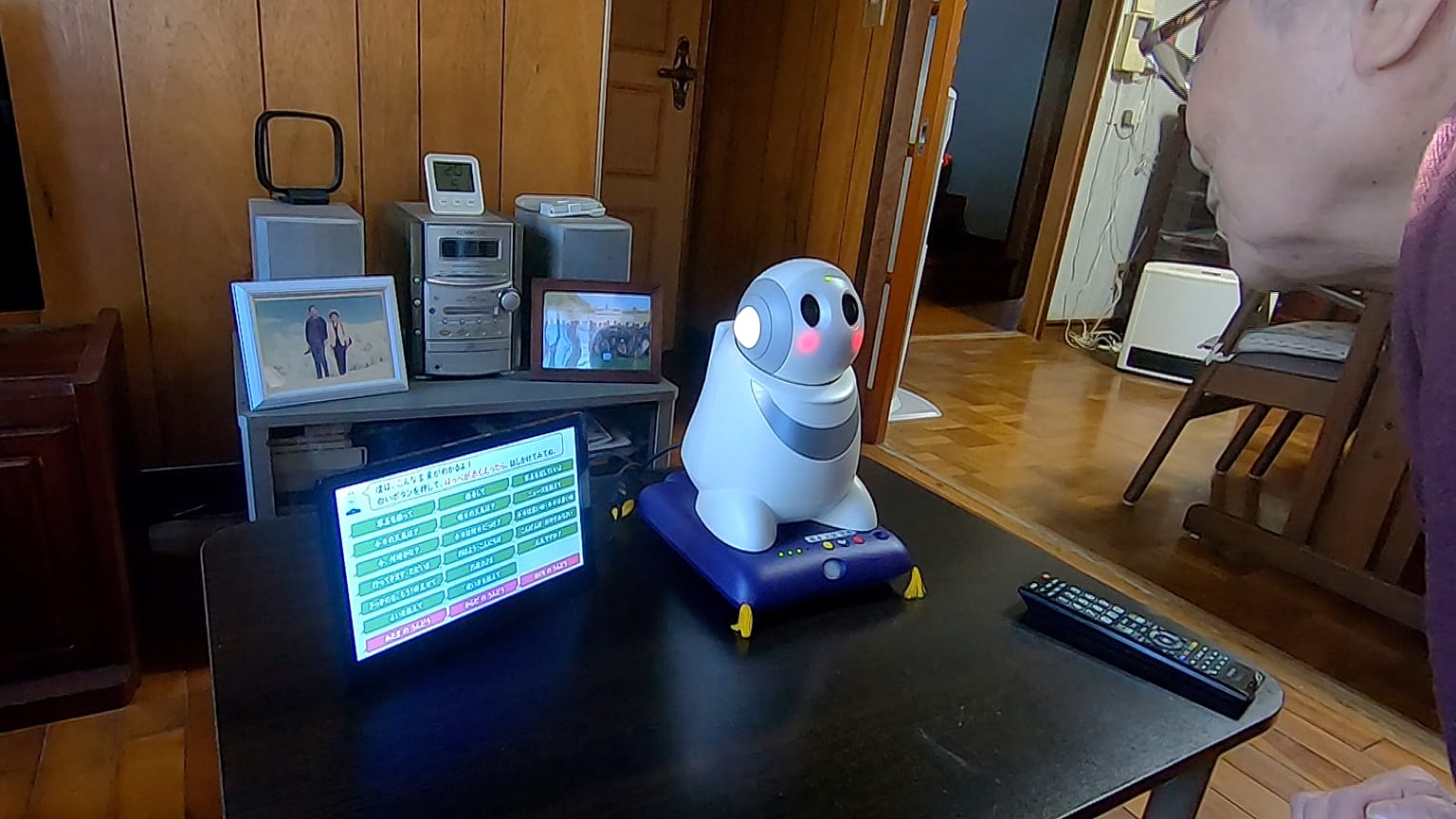Japan has been a world leader in electronics for decades. And this is proving valuable to help the country tackle the communication issues the Covid-19 pandemic has created, and solve the problem of isolation.
Humans are social creatures: technology cannot replace real interactions.
However, at times when we can’t meet face to face or need to stay away from each other for our own good, it can help make communication between us a little better.
For decades Japan has been a world leader in technology, and in particular, electronics. This is proving valuable during the Covid-19 pandemic, as the country is exploring technology as a means to enhance communication between humans.
Robots for the elderly
Shizuoka is famous for its tea plantations and stunning views of Mount Fuji. The town of Fujieda in the prefecturetries to offer a high quality of life to its 140 thousand inhabitants.
Due to the Covid-19 outbreak, many of its senior residents living alone or in care homes are unable to be visited by family and friends. There are concerns this could impact their mental health.
So the municipality can rent them an unusual companion -- PaPeRo.
When I wake up in the morning, having Papero close to me makes me talk naturally.," explains Natsume Emiko, a resident of Fujieda.
"It gives me the impression I’m starting the morning with a conversation which allows me to feel less lonely."
Thanks to its AI-based speech recognition function, the baby-sized robot helps elderly citizens to have conversations.
It also allows them to stay in touch with loved ones by exchanging text messages or photos and it can be used for health monitoring by identifying changes in activity patterns.
Fujieda was one of the first towns in Japan to pilot this scheme during the height of the pandemic.
Makita Tsuyoshi, section chief of Fujieda city explains: "PaPeRo can take pictures to send them to relatives living far away. Once, a picture of a grandmother who had collapsed was sent to the family. "
"So, they called her immediately and discovered that she had a fracture and could not move. So, through PaPeRo they knew there was an emergency and were able to take the grandmother to the doctors’.
For Papero’s makers, the Japanese information technology and electronics company NEC Corporation, robots like Papero can, paradoxically, make humans connect better.
"I started developing Papero because my mother was living far away and I wanted a way to watch over her. Living alone is sad -- so people want someone to talk to," says Matsuda Tsuguhiro, Papero developer and executive expert at the digital network division of the NEC Corporation.
"People use the free conversation function an average of 15 times a day and more than 50 times for some of them."
Smart masks
Innovation tends to accelerate during times of crises. Before the COVID-19 pandemic, this Japanese startup was trialling translation robots to assist tourists at airports, but the project ground to a halt.
With most of the world wearing face coverings against the coronavirus, the company thought they could seize the opportunity to use the same software they had developed to create a smart mask.
Donut Robotics say its C-FACE mask is the first one in the world to connect to the internet through Bluetooth.
"As a robotics company, we were thinking about what we could do, and we thought we could create a mask that could be connected to a smartphone, a mask that can help maintain social distance, a mask that can digitalise voices, or that can translate. Therefore, we decided to develop it," says Ono Taisuke, CEO of Donut Robotics.
In conjunction with an app on a device, the mask can translate speech into several languages thanks to its embedded microphone, amplify the wearer’s voice or transcribe dictation.















